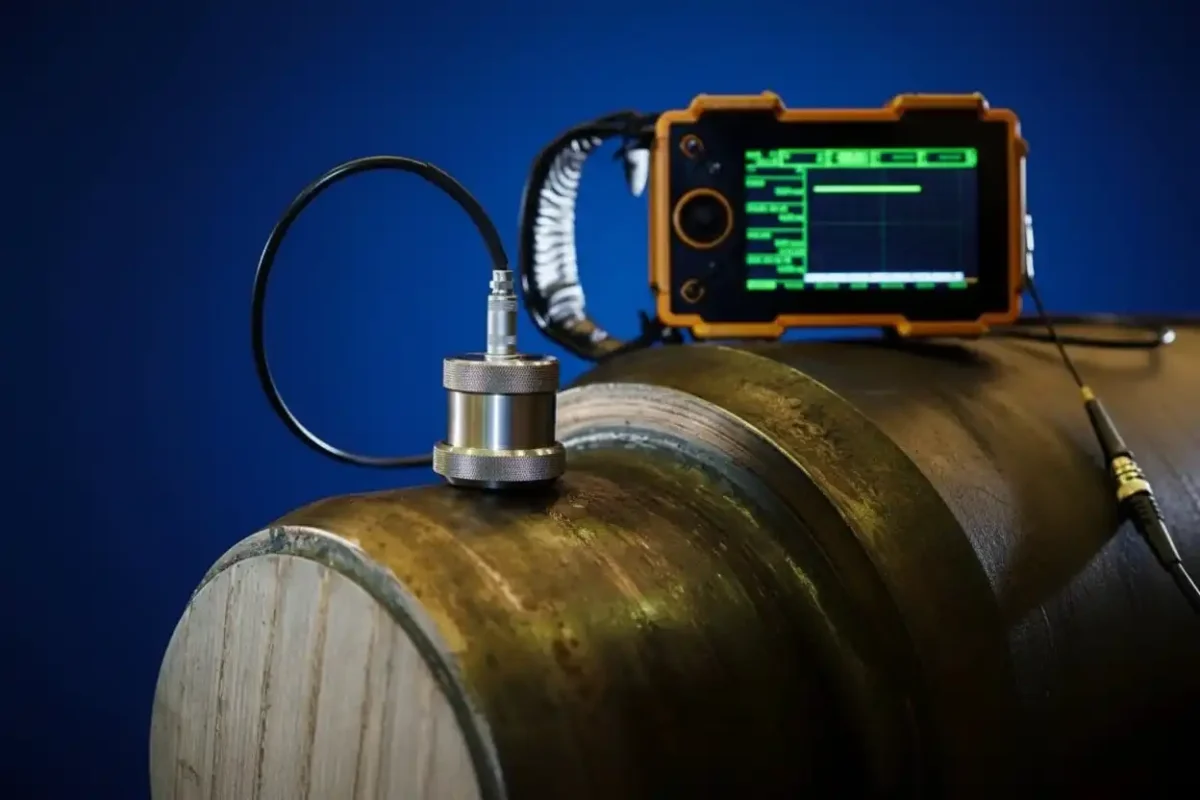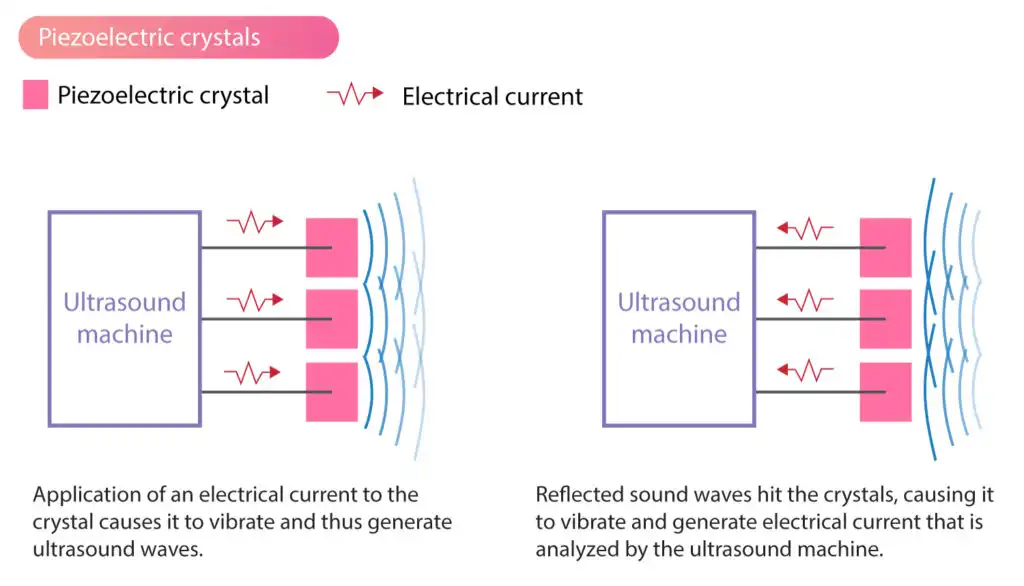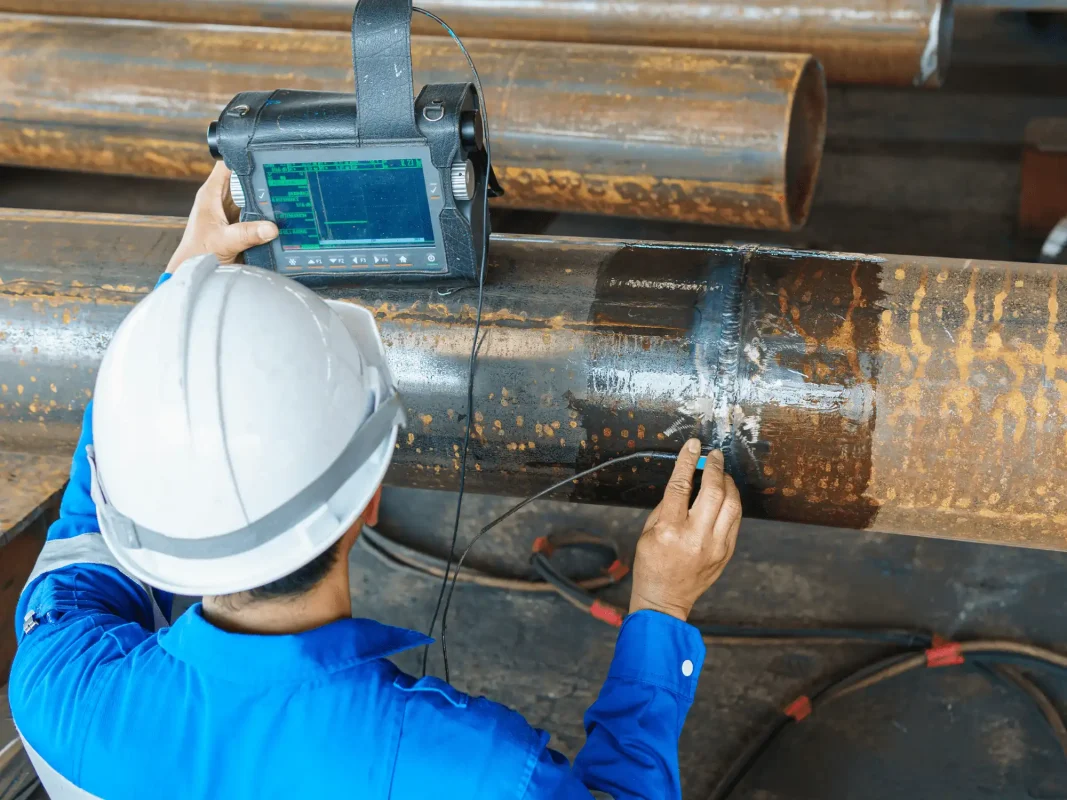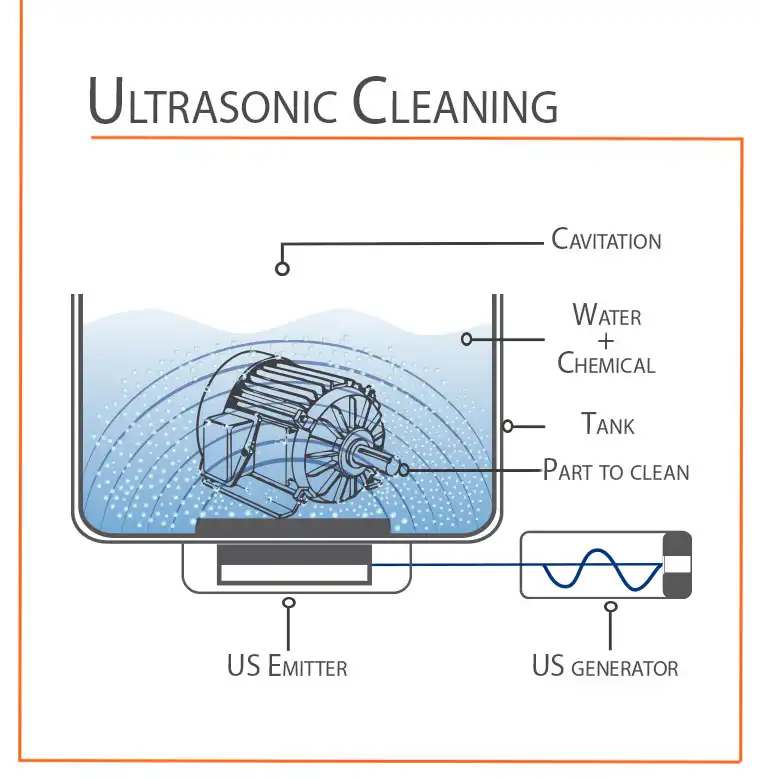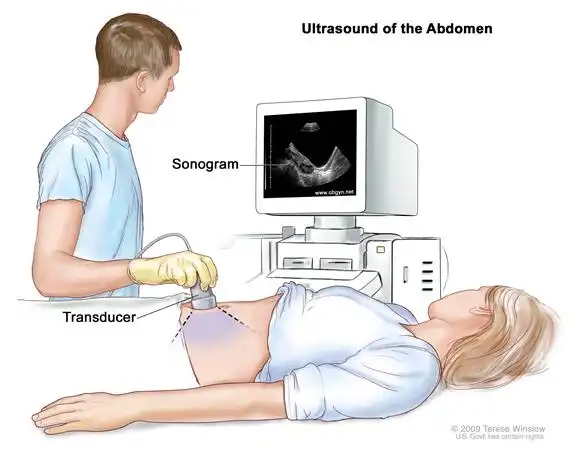Ultrasonic technology has become one of the most versatile and efficient tools in today’s industrial and scientific landscape. From non‑destructive testing and precision welding to medical imaging and industrial cleaning, ultrasound provides an energy form that is both controllable and extremely effective. But what exactly is ultrasonic technology, how does it operate, and why has it become indispensable in so many sectors?
This article explores the science, engineering principles, and industrial applications that make ultrasonic systems key technologies of the 21st century.
1. Understanding Ultrasonic Technology
At its core, ultrasonic technology is based on the transmission of mechanical sound waves at frequencies higher than what the human ear can hear — typically above 20 kHz.
Unlike audible sound, which propagates as low‑frequency vibrations through air, ultrasonic waves travel at much higher frequencies and can interact deeply with solids, liquids, and biological tissues. These high‑frequency waves generate precise mechanical energy that can be focused, reflected, or absorbed, depending on the material’s acoustic impedance.
Because of their controllability and penetration properties, ultrasonic systems can reveal defects in metal structures, join thermoplastics together, or remove microscopic contaminants. In short, ultrasonic technology transforms mechanical vibration into a precise engineering instrument.
2. The Science Behind Ultrasonic Waves
Sound waves are longitudinal vibrations — particles of a medium oscillate parallel to the direction of propagation. When these vibrations exceed 20 kHz, they are called ultrasound.
Ultrasonic waves can be continuous (sinusoidal) or pulsed. Continuous waves are used in cleaning and welding, while pulsed waves dominate in testing and imaging applications.
Each medium — metal, plastic, water, or air — reacts differently to ultrasound. The efficiency of wave transmission depends on acoustic impedance matching, which determines how much of the energy is reflected or transmitted at interfaces. Engineers exploit this behaviour to create effective transducers, horns, and coupling systems.
3. The Piezoelectric Effect: The Heart of Ultrasonics
The heart of every ultrasonic device is the piezoelectric transducer, which converts electrical energy into mechanical vibration. The physics behind this phenomenon is known as the piezoelectric effect: certain crystalline materials (most commonly PZT, lead zirconate titanate) deform when an electrical voltage is applied, and they generate an electric charge when mechanically stressed.
In an ultrasonic generator, an alternating current is applied to the ceramic crystal at a specific resonant frequency. This causes high‑frequency expansion and contraction cycles, producing ultrasonic vibrations. When those mechanical waves are transferred to a medium — metal, liquid, or plastic — they produce controlled, intense effects like bonding, heating, or cavitation.
Because of their reliability and high power density, piezo‑based transducers dominate industrial ultrasonic systems, replacing older magnetostrictive approaches in most applications.
4. How Ultrasonic Devices Work: The System Architecture
A typical ultrasonic system includes several components working in harmony:
-
Power Supply / Generator:
Converts electrical energy from the mains into a high‑frequency alternating signal, usually between 20 kHz and 40 kHz.
The generator also controls power amplitude, duty cycle, and waveform precision to maintain consistent performance.
-
Transducer:
The key element that transforms electrical energy into mechanical vibration using piezoelectric materials. It defines the frequency and energy output of the entire system.
-
Booster:
Acts as a mechanical transformer, amplifying or balancing the amplitude of vibration. It also helps tune resonance and transfer energy efficiently to the horn or working surface.
-
Horn (Sonotrode):
The component that directly delivers ultrasonic vibration to the target, whether a weld joint, a liquid bath, or a cleaning tank.
Horn design — step, exponential, or catenoidal — determines the concentration of acoustic energy.
-
Coupling Medium:
In inspection and cleaning applications, a fluid (usually water or oil) carries ultrasonic waves between the horn and the workpiece.
Through the precise design of these components, ultrasonic technology converts electrical energy into focused, directional mechanical power.
5. Key Industrial Applications
A. Ultrasonic Testing (Non‑Destructive Testing, NDT)
Ultrasonic inspection is one of the most reliable NDT methods for detecting internal flaws, porosity, or weld defects in materials. A pulsed ultrasonic signal is transmitted into a solid, and reflections from discontinuities are analysed on a display.
Techniques such as Phased Array Ultrasonic Testing (PAUT) and Time of Flight Diffraction (TOFD) provide high‑resolution images of internal structures, helping engineers ensure product integrity without damaging the workpiece.
B. Ultrasonic Plastic Welding
In ultrasonic welding, mechanical vibrations at 20–40 kHz are transmitted through parts under pressure. Frictional energy generated at the interface softens the plastic, allowing polymer chains to intermingle and form a strong molecular bond.
This process is widely used for assembling electronic housings, automotive components, and medical devices — all benefiting from fast, clean, and repeatable joins. Horn geometry and frequency selection are critical to efficiency and weld quality.
C. Ultrasonic Cleaning
Ultrasonic cleaning uses cavitation — the formation and violent collapse of microscopic bubbles in a liquid. When these bubbles implode near a surface, they release intense micro‑jets that remove contaminants without mechanical abrasion.
Industries such as aerospace, optics, and healthcare depend on ultrasonic cleaning for delicate or complex surfaces where traditional brushing or chemical baths are unsuitable.
D. Ultrasonic Medical Applications
Beyond industry, ultrasound revolutionized medicine. Diagnostic imaging (sonography) relies on the same physics to visualize internal organs, blood flow, and fetal development safely, using non‑ionizing sound waves.
These diverse examples highlight how ultrasonic technology bridges precision engineering and scientific innovation.
6. Advantages of Ultrasonic Technology
Ultrasonic systems offer several advantages over conventional mechanical or chemical methods:
- Precision: Controlled frequency and amplitude guarantee uniform energy delivery.
- Efficiency: Minimal energy loss and rapid cycle times reduce operational costs.
- Clean Process: Especially in cleaning and welding, no chemical reagents or binding materials are required.
- Safety: Non‑toxic and non‑ionizing; safe for operators and the environment.
- Versatility: Applicable to metals, polymers, ceramics, and biological tissues.
Because of these advantages, ultrasonic-based processes continue to replace older, less sustainable technologies across industries.
7. Limitations and Considerations
Even with its numerous strengths, ultrasonic technology has technical boundaries:
- Material Limitations: Highly porous or irregular materials may scatter or attenuate ultrasonic waves, reducing performance.
- Depth of Penetration: High frequencies lead to shallow penetration in dense materials.
- Temperature Sensitivity: Transducer ceramics are sensitive to overheating; efficient cooling is essential.
- Calibration Needs: Systems require precise tuning for frequency, amplitude, and load conditions to maintain repeatability.
Understanding these limitations allows engineers to optimize designs and select suitable frequencies for each application.
8. Innovations and the Future of Ultrasonics
The evolution of ultrasonic technology continues rapidly. Several exciting trends are reshaping the field:
- Smart Ultrasonic Systems: Integration of sensors and real‑time feedback to adjust energy output dynamically.
- AI‑Assisted Evaluation: In NDT, machine learning now interprets ultrasonic data for faster and more accurate flaw classification.
- Additive Manufacturing Integration: Ultrasonic welding is merging with 3D‑printing processes to assemble multi‑material parts.
- Eco‑Friendly Cleaning: New low‑frequency hybrid systems reduce power consumption and eliminate aggressive chemicals.
- Miniaturization: Advances in piezoelectric materials are producing smaller, more powerful transducers suited for portable inspection and point‑of‑care diagnostics.
These innovations ensure ultrasonic systems remain aligned with Industry 4.0 and sustainability objectives.
9. Ultrasonic Technology in Perspective
Ultrasonic methods sit at the intersection of physics, materials science, and control engineering. They embody the idea that precise mechanical energy — when properly understood — can yield cleaner, safer, and more consistent industrial outcomes.
Organizations around the world are investing heavily in ultrasonic research to enhance manufacturing efficiency and reduce environmental impact. From heavy industry to healthcare, the same underlying principle — controlled vibration — drives measurable results.
10. Conclusion
From its early origins in sonar research to its present‑day role in non‑destructive testing, welding, cleaning, and imaging, ultrasonic technology has proven to be one of humanity’s most adaptable inventions.
By harnessing high‑frequency mechanical vibration, it bridges the gap between electronics and mechanics, offering speed, precision, and sustainability.
As industries pursue higher standards of safety and quality, ultrasound continues to lead innovation — silently, but powerfully — through every vibration.

